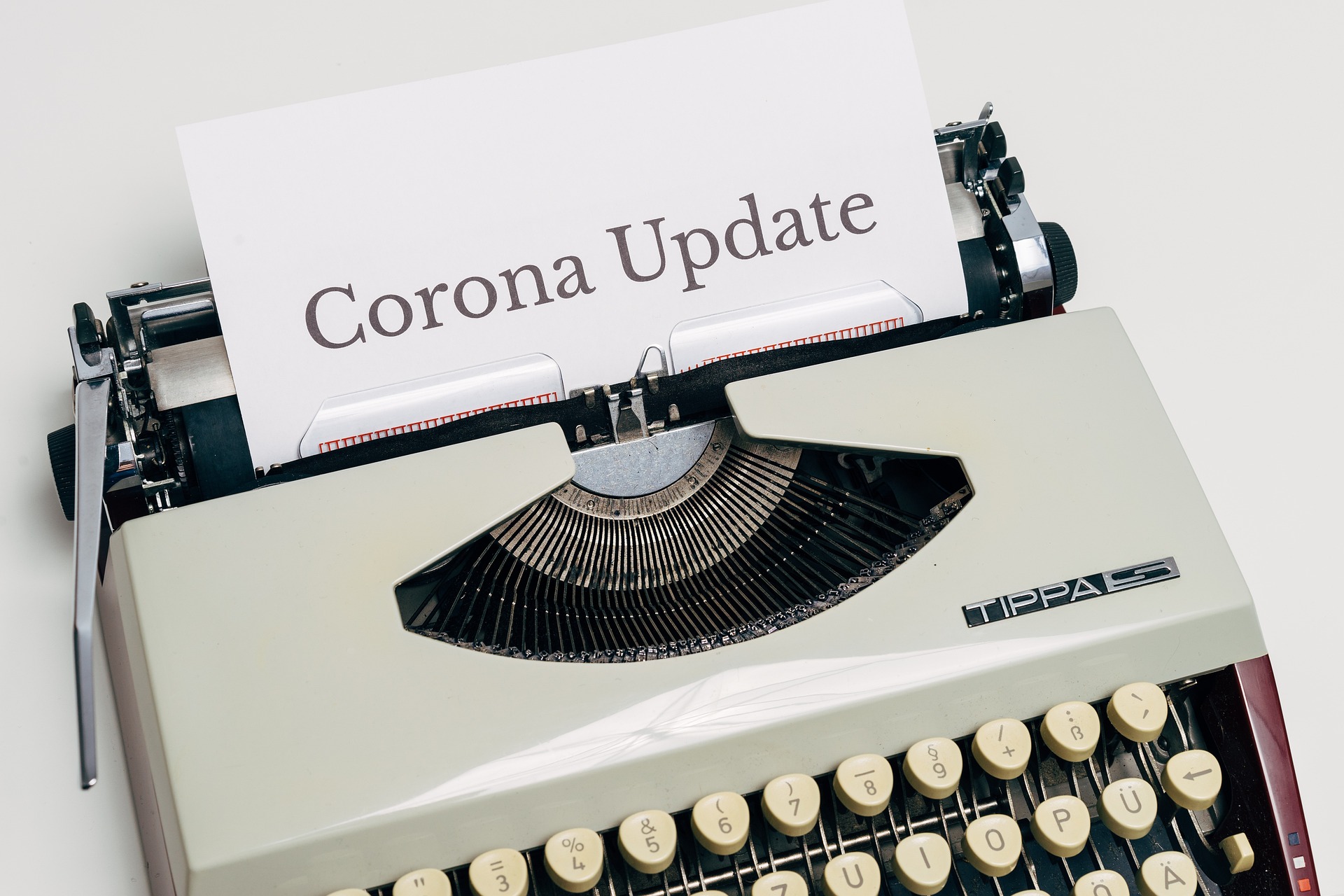It is the end of an era. Yesterday, March 23, 2023, the United States Citizenship and Immigration Services (USCIS) announced that it is ending its COVID-19 flexibility policy, giving applicants and petitioners more time to respond to Requests for Evidence and Notices of Intent to Deny during the COVID-19 pandemic.
Its last extension ended on March 23, 2023. That means that from this point forward, applicants and petitioners must respond to any notices or requests from USCIS, dated after March 23, by the deadlines listed in the notice or request. This includes:
- Requests for Evidence;
- Continuations to Request Evidence (N-14);
- Notices of Intent to Deny;
- Notices of Intent to Revoke;
- Notices of Intent to Rescind;
- Notices of Intent to Terminate regional centers;
- Notices of Intent to Withdraw Temporary Protected Status; and
- Motions to Reopen an N-400 Pursuant to 8 CFR 335.5, Receipt of Derogatory Information After Grant.
Applicants who are filing Form I-290B, Notice of Appeal or Motion, or Form N-336, Request for a Hearing on a Decision in Naturalization Proceedings (Under Section 336 of the INA), regarding a decision dated after March 23, 2023, must comply with the deadlines stated on the form instructions.
 Visa Lawyer Blog
Visa Lawyer Blog











